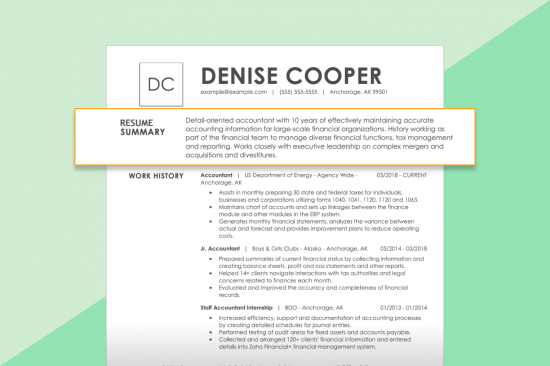City, State, Zip Code
Home: 000-000-0000 | Cell: 000-000-0000
email@email.com
Title Processor with profound knowledge and experience seeking to obtain a position with reputable company in which my skills can be an asset to the business.
- Familiar with all avenues of title processing from commercial property to automobiles to private homes
- Extremely organized and efficient in date entry both on the computer and in written paperwork
- Proficient in all computer programs created for title processing
- Professional demeanor when working with customers agents insurance companies coworkers and superiors
- Great communication skills in relating relevant information to the appropriate person
- Clerical skills including copying printing faxing collating etc.
- Experienced in training new title processors
- Prepare and examine documents regarding property liens mortgages contracts etc. to ensure title is ready to be processed
- Verify legal ownership property lines and restrictions of the property
- Compile all paperwork needed to complete title processing
- Meet with customers sellers real estate agents loan agents insurance representatives and others to get appropriate paperwork filled out and signed
- Studied maps of county city and property lines of all title requests
- Filed all paperwork required for the title process
- Acquired all signatures and information needed to complete a title transfer or approval
There are plenty of opportunities to land a Title Processor job position, but it won’t just be handed to you. Crafting a Title Processor resume that catches the attention of hiring managers is paramount to getting the job, and LiveCareer is here to help you stand out from the competition.
What to read next
Featured in:*

*The names and logos of the companies referred to in this page are all trademarks of their respective holders. Unless specifically stated otherwise, such references are not intended to imply any affiliation or association with LiveCareer.



